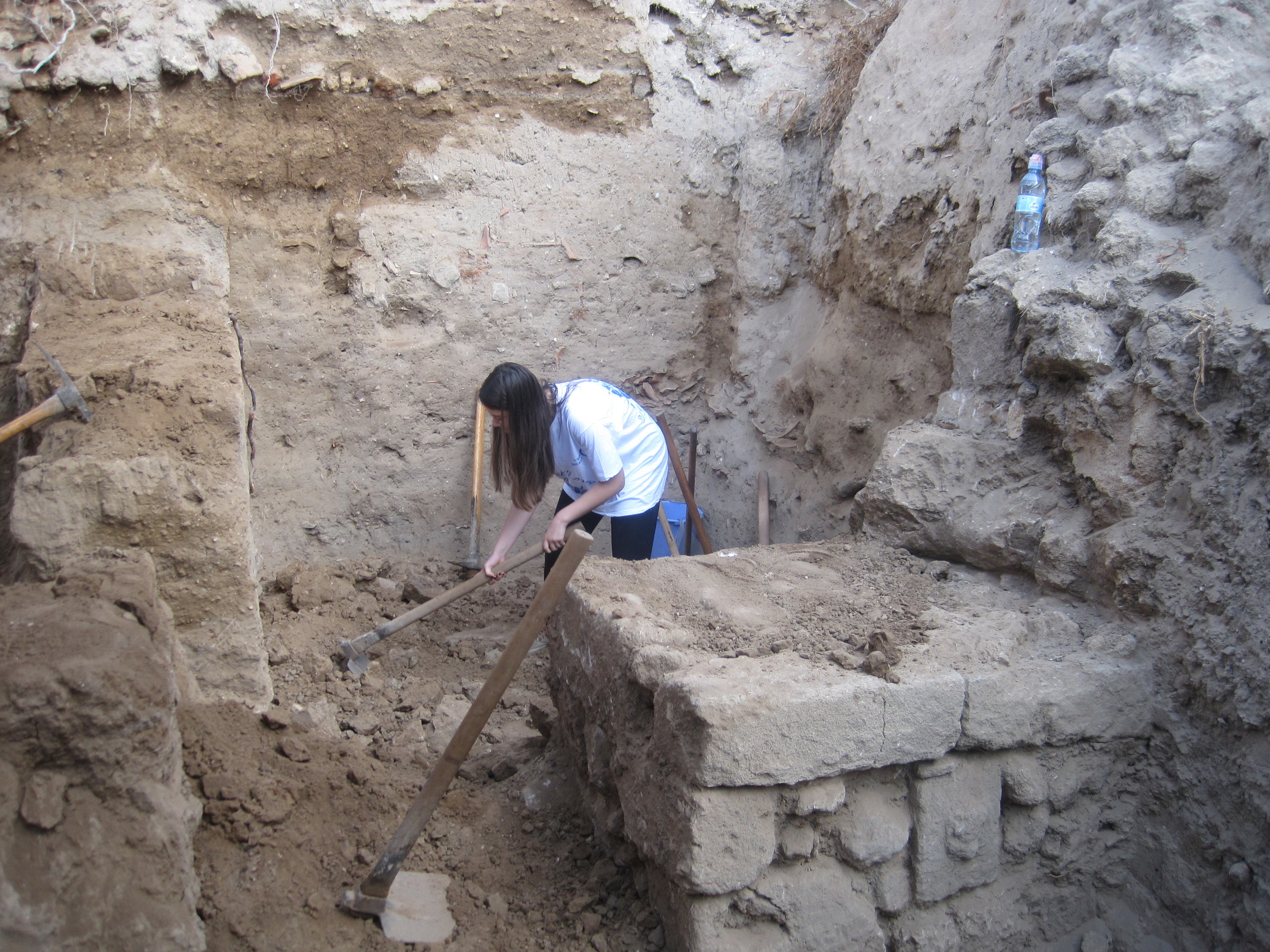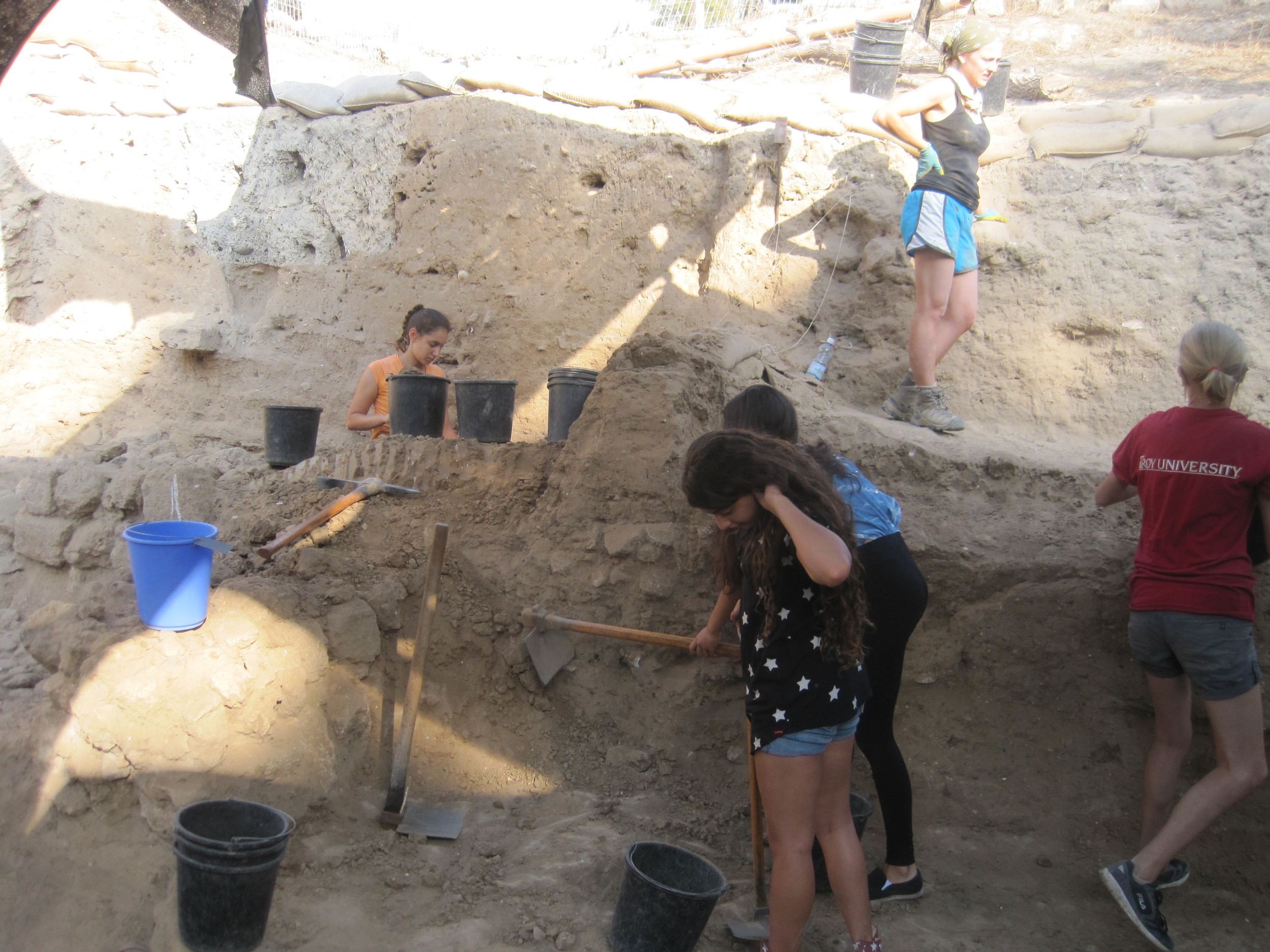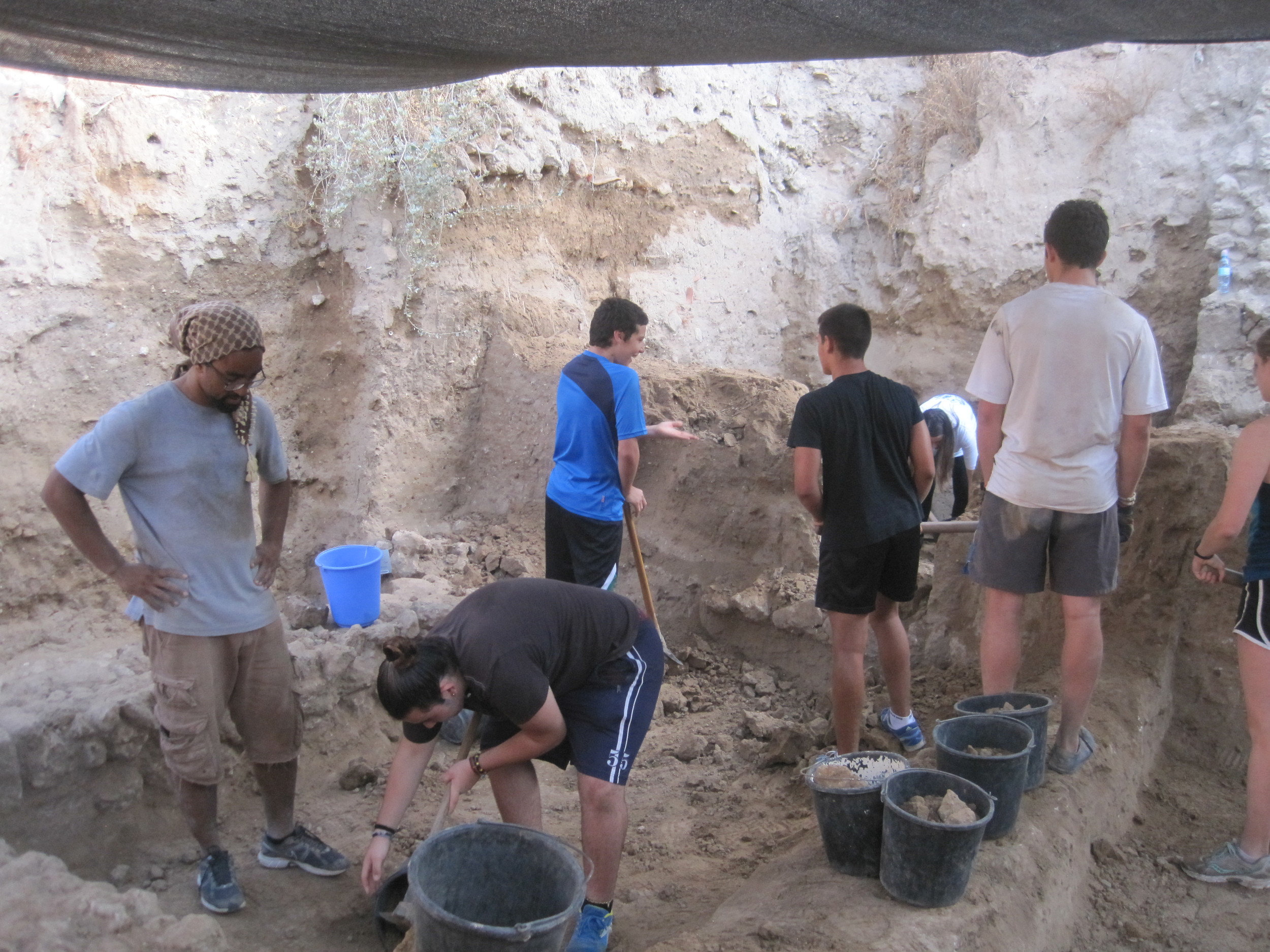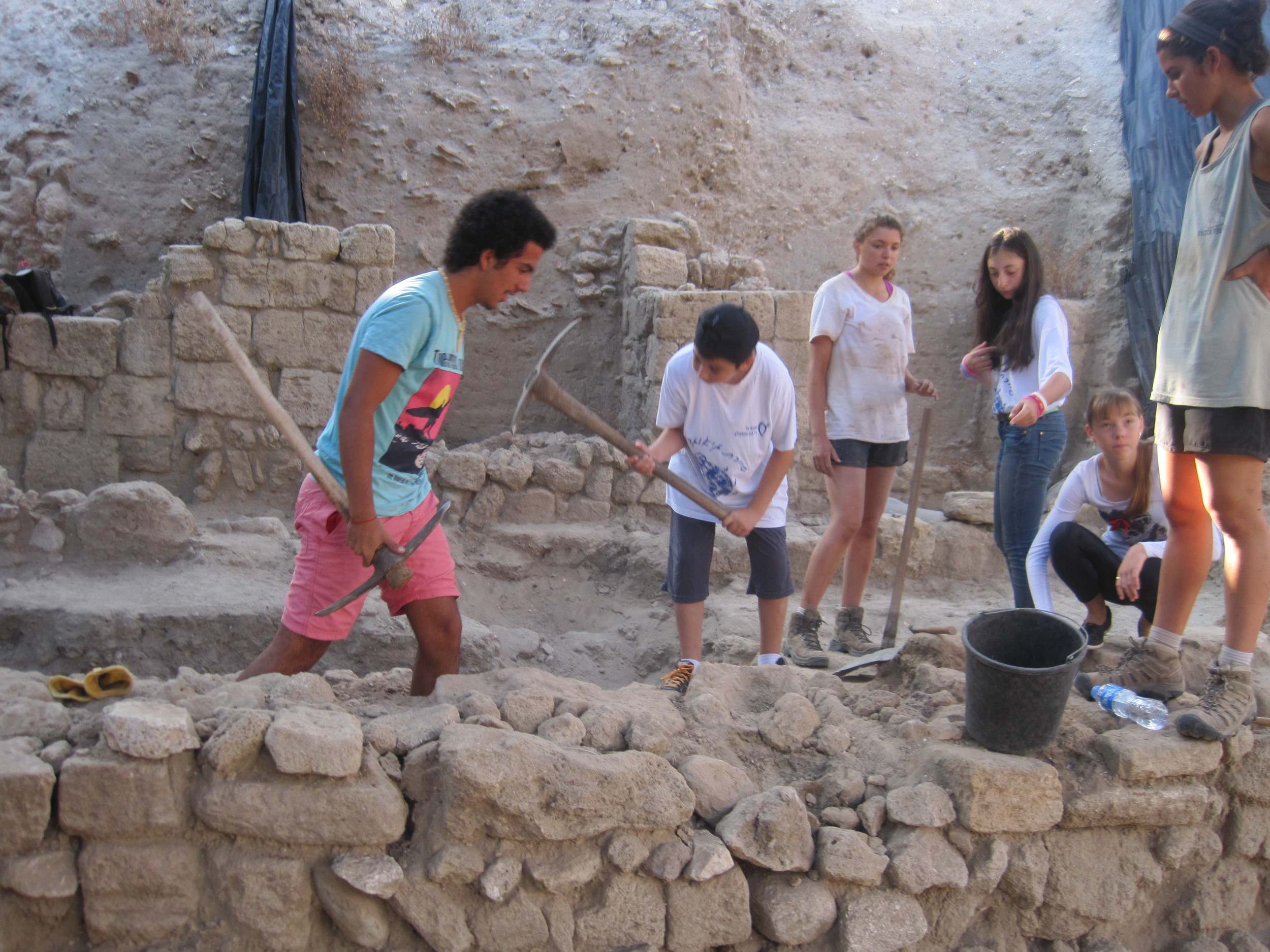Here on the dig, I work in grid 51-but we also have volunteers working in grid 16 and 20. I knew these were areas around our dig site, but I wasn't quite sure how these grids were numbered.
I also noticed that when I was digging, we have three different squares within our grid, and finer squares within the big one that shows where all of our artifacts were coming from. To get a better sense of how all these grids were laid out, I asked one of the square supervisors (go to this link to see what a square supervisor does!), Jonathan, to tell me how our dig at Ashkelon was divided up.
Junior Archaeologist Assignment:
Choose a room in your house and draw a map of it in your log book. What do you think the best way is to section it off? Divide your room into 10 equal squares (this may be easier if you use graph paper) and make notes of what is located in each of the squares. Take 3 things out of the room and have someone else in your family use the map to put the items back where they belong based on the information from the grid.
Question of the day:
Why do you think it is so important for archaeologists to use grids so they know exactly where all of the artifacts came from? Why would this information be important when they are identifying it?


























